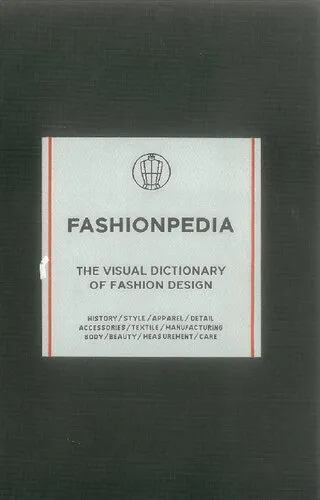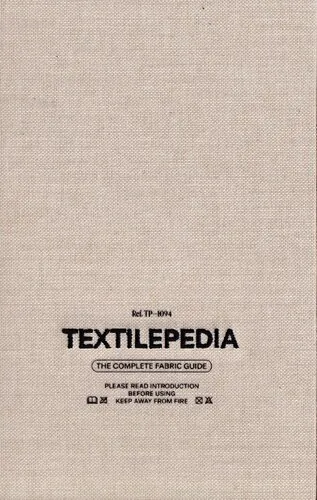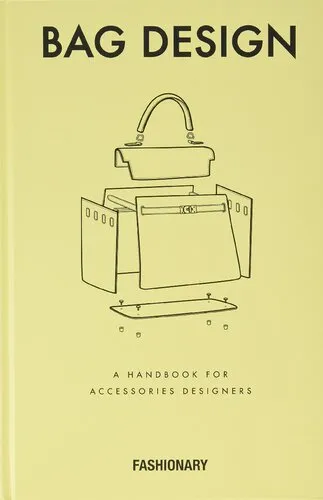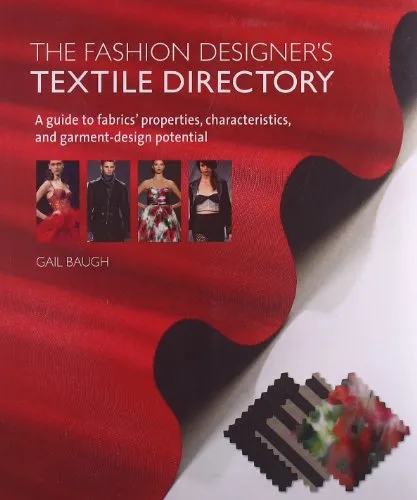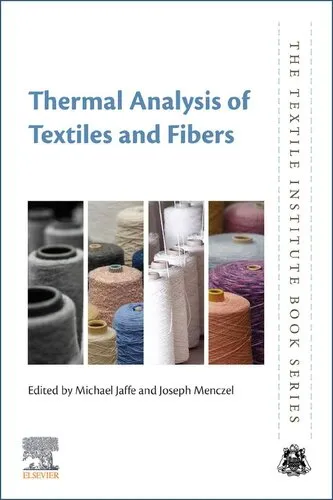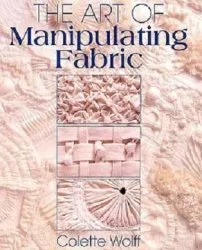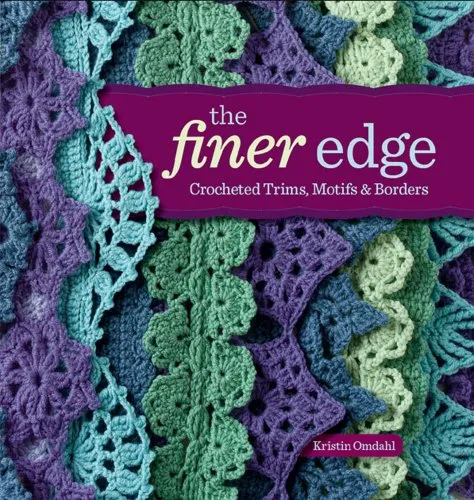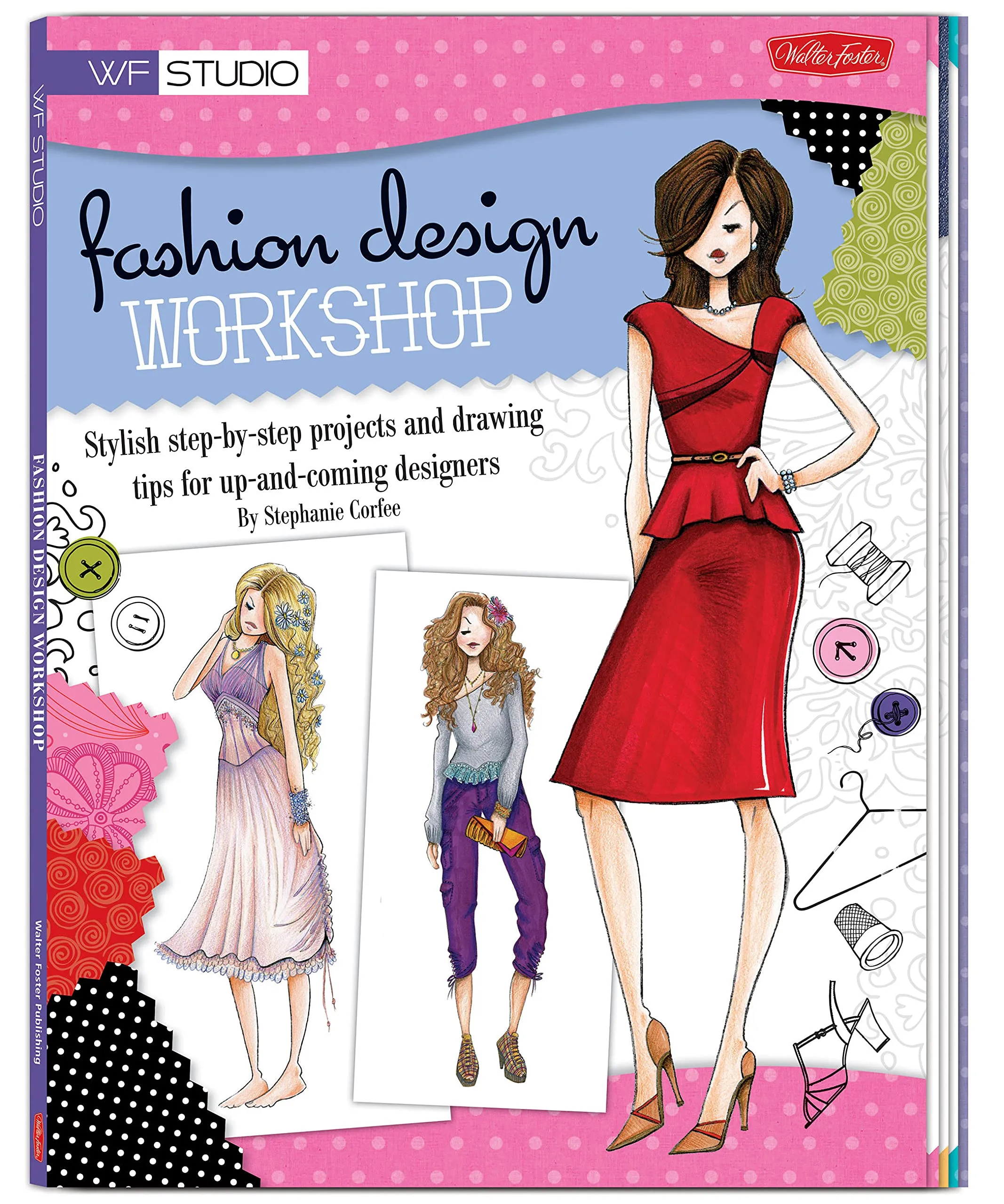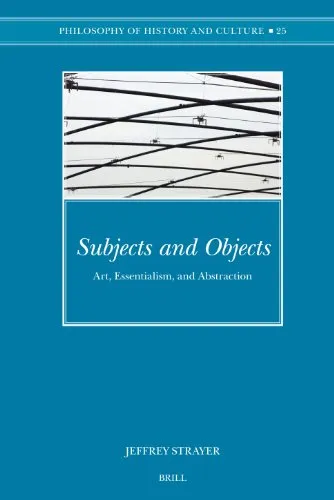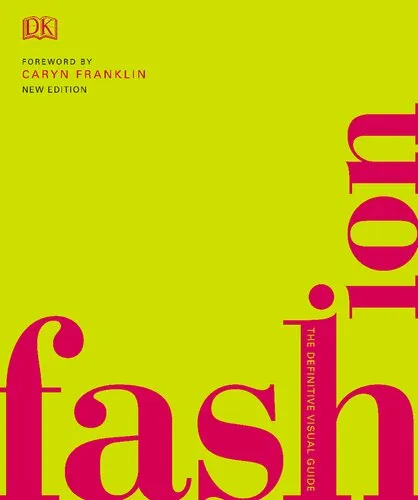The Journal of Museum Education
4.0
Reviews from our users

You Can Ask your questions from this book's AI after Login
Each download or ask from book AI costs 2 points. To earn more free points, please visit the Points Guide Page and complete some valuable actions.Related Refrences:
Analytical Summary
The The Journal of Museum Educationpp.9—14 is a focused segment within a respected academic series that delves into the principles and practices of museum-based learning. Written with scholarly precision yet accessible for professionals, it bridges the gap between theory and on-the-ground application in educational programming within museums. The section’s length and concentrated scope allow readers to engage deeply with specific themes related to museum pedagogy and cultural heritage engagement.
This segment examines the interplay of educational frameworks, visitor experience design, and the role museums play as civic and cultural educational institutions. While the broader journal contains diverse contributions, pages 9–14 present an intensive look at how educators and curators can collaborate to make exhibition spaces active learning environments. Drawing on interdisciplinary research in education, anthropology, and design studies, it illuminates best practices while also inviting critical reflection on challenges such as accessibility, cultural relevance, and the integration of digital media.
Information on the exact publication year or reception metrics is unavailable due to no reliable public source; however, the intellectual weight of the work is evident from its continued citation in academic discourse. Readers can expect analytical depth paired with practical guidance, making it suitable for museum educators, policy-makers, and researchers alike.
Key Takeaways
Core insights from this section reveal how museums are evolving from static repositories into dynamic centers for lifelong learning. The strategies articulated in The Journal of Museum Educationpp.9—14 highlight a commitment to inclusivity, thematic clarity, and visitor engagement.
One takeaway is the value of active participation—encouraging visitors to interact with exhibits through guided discovery rather than passive observation. Another is the need for culturally responsive programming, ensuring diverse communities see themselves represented in museum narratives. The content also underscores the importance of collaborative program design, where curators, educators, and community members contribute equally to shaping educational content.
These pages make a compelling case for integrating evaluation tools to measure educational impact, thus guiding future improvements. Equally important is the embrace of multi-sensory learning experiences, leveraging audio, tactile, and visual stimuli to enrich understanding. Finally, the section champions the concept that museums should be agile institutions, adapting to societal shifts and new technologies in real time.
Memorable Quotes
“Museums must become classrooms without walls, where curiosity leads the lesson.”Unknown
“Our role is not to instruct visitors on what to think, but to inspire them to think for themselves.”Unknown
“Collaboration is the lifeblood of effective museum education.”Unknown
Why This Book Matters
In an era of rapid cultural and technological change, the insights contained in The Journal of Museum Educationpp.9—14 remain highly relevant to professionals seeking to maximize the educational potential of museum experiences.
The segment serves as both a theoretical foundation and a practical guide for transforming museums into centers of active learning. It matters because it articulates a holistic vision—how museums contribute to civic dialogue, community cohesion, and the preservation of heritage while adapting to changing visitor needs. By focusing on strategies grounded in research and reflective practice, it empowers museum stakeholders to create programs that are engaging, inclusive, and future-ready.
Inspiring Conclusion
The The Journal of Museum Educationpp.9—14 offers readers a powerful invitation: rethink the museum as a vibrant educational landscape, where every visitor encounter sparks discovery, dialogue, and growth.
For academics, cultural workers, and policymakers, this section is more than a scholarly text—it is a call to action. Share these ideas with colleagues, integrate them into program planning, and discuss them within your institution. By doing so, you contribute to a living tradition of museum education that values inclusivity, innovation, and the transformative power of cultural engagement.
Free Direct Download
You Can Download this book after Login
Accessing books through legal platforms and public libraries not only supports the rights of authors and publishers but also contributes to the sustainability of reading culture. Before downloading, please take a moment to consider these options.
Find this book on other platforms:
WorldCat helps you find books in libraries worldwide.
See ratings, reviews, and discussions on Goodreads.
Find and buy rare or used books on AbeBooks.
1063
بازدید4.0
امتیاز0
نظر98%
رضایتReviews:
4.0
Based on 0 users review
Questions & Answers
Ask questions about this book or help others by answering
No questions yet. Be the first to ask!

